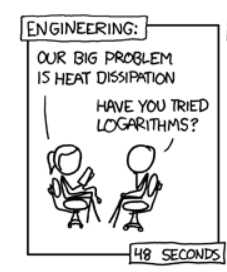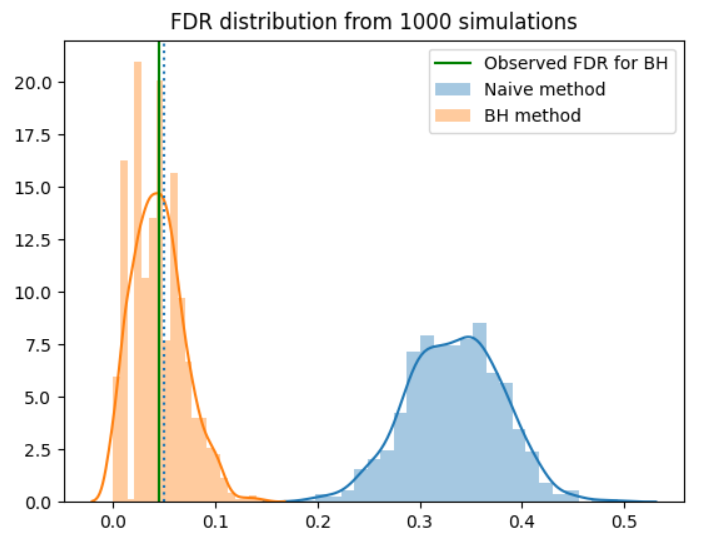Casual Inference Data analysis and other apocrypha
Partial dependence plots are a simple way to make black-box models easy to understand
A commonly cited drawback of black-box Machine Learning or nonparametric models is that they’re hard to interpret. Sometimes, analysts are even willing to use a model that fits the data poorly because the model is easy to interpret. However, we can often produce clear interpretations of complex models by constructing Partial Dependence Plots. Th... Read more 27 Nov 2020 - 24 minute read
Would collecting more data improve my model's predictions? The learning curve and the value of incremental samples
Since we usually need to pay for data (either with money to buy it or effort to collect it), it’s worth knowing the value of getting more data points to fit your predictive model. We’ll explore the learning curve, a model-agnostic way of understanding how performance changes as we add more data points to our sample. Analysis of the learning curv... Read more 04 Oct 2020 - 8 minute read
Understanding the difference between prediction and confidence intervals for linear models in Python
The difference between prediction and confidence intervals is often confusing to newcomers, as the distinction between them is often described in statistics jargon that’s hard to follow intuitively. This is unfortunate, because they are useful concepts, and worth exploring for practitioners, even those who don’t much care for statistics jargon. ... Read more 26 Sep 2020 - 14 minute read
When do we log transform the response variable? Model assumptions, multiplicative combinations and log-linear models
Sometimes, analysts will perform a log transformation of the outcome variable to “make the residuals look normal”. In some cases this is just papering over other issues, but sometimes this kind of transformation genuinely improves the inference or produces a better fitting model. In what cases does this happen? Why does the log transformation wo... Read more 30 Aug 2020 - 11 minute read
The False-Discovery Rate: An alternative to the FWER for multiple comparisons
We’ve previously explored one common method for dealing with testing multiple simultaneous hypotheses, methods that control the Family-wise error rate. However, we realized that the FWER can be quite conservative. The False-Discovery rate is a powerful alternative to the FWER, which is often used in cases where hundreds or thousands of simultane... Read more 09 Aug 2020 - 9 minute read




